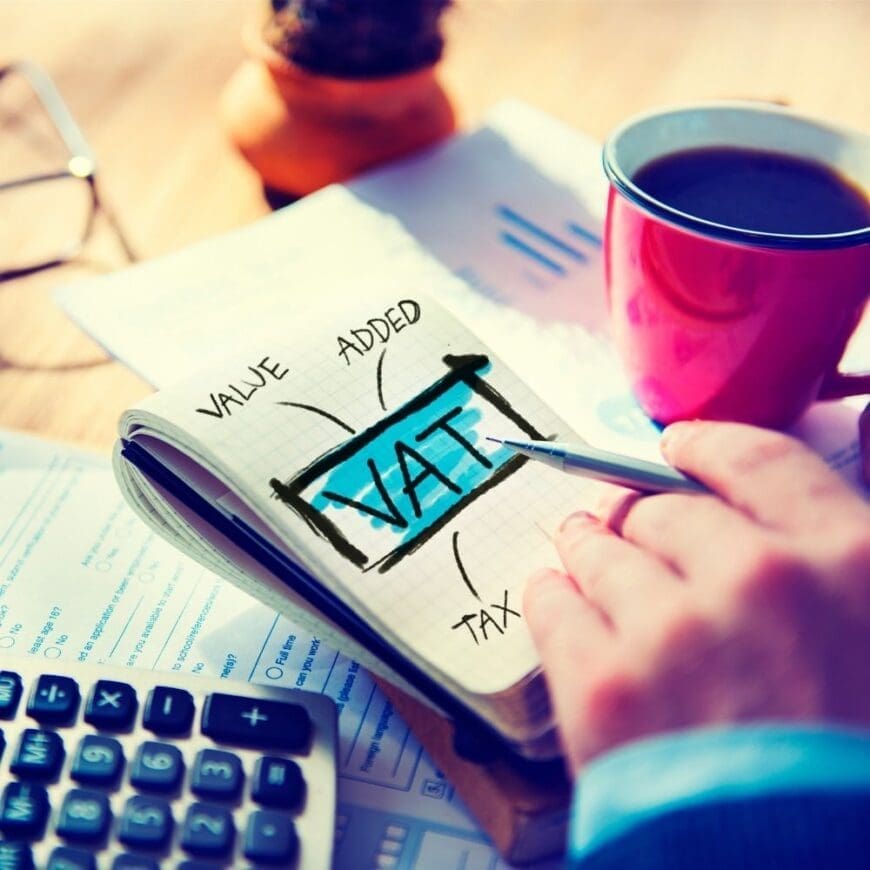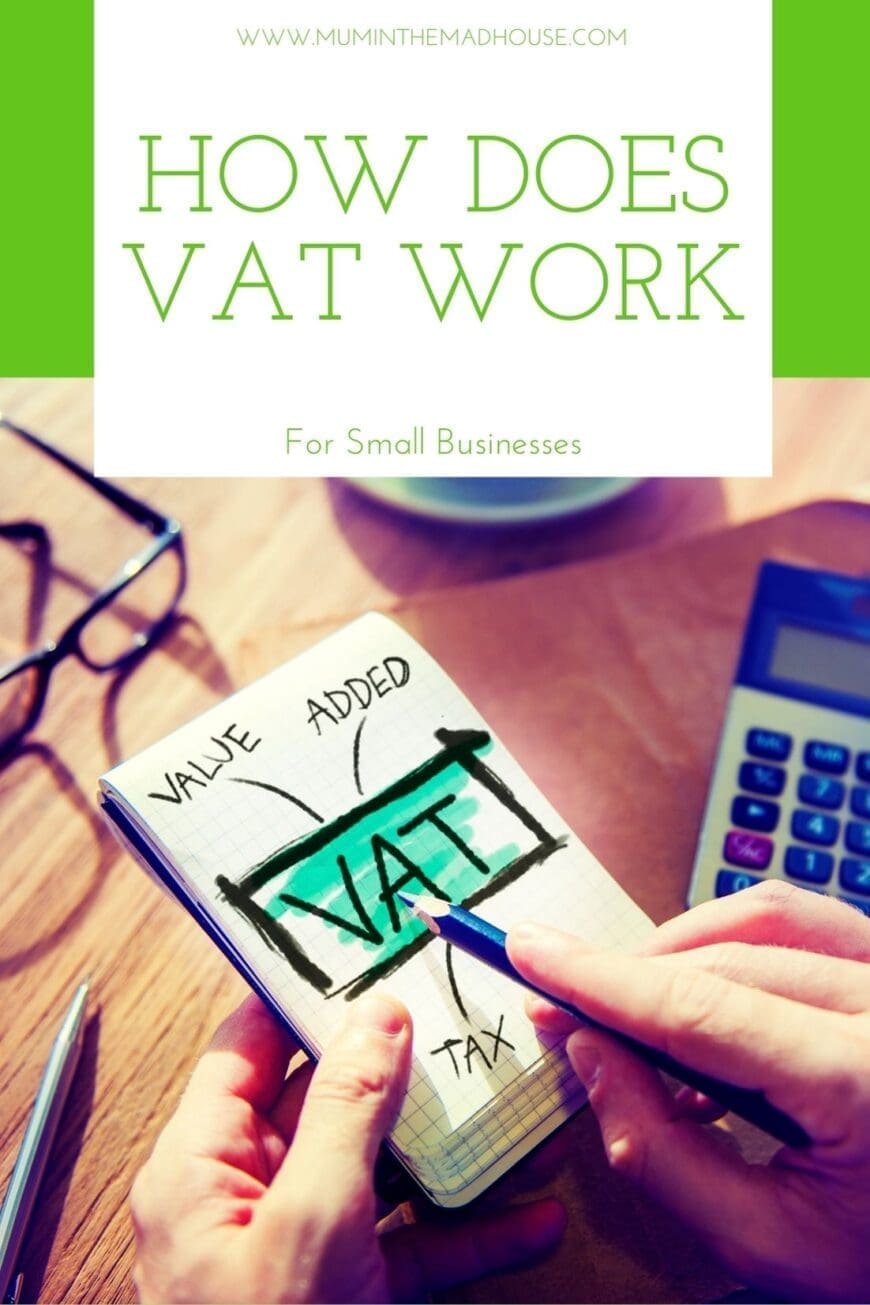Taxes can be daunting for anyone but when you are running your own business it is even more important to keep things in check because you could end up putting your livelihood at risk. Not only can you end up incurring financial penalties, but you can get yourself in some legal trouble if you do not pay the right taxes at the right time. An important tax for small business owners to be aware of is VAT or value-added tax. I am not yet at the stage where I have to pay tax but I do earn money being a blogger (find out how).

If you are working with clients or customers in the EU, then you may need to issue VAT invoices. And what is a VAT invoice? It is what allows you to charge value-added tax to your EU clients and then collect these taxes for later payment to the government.
Keep in mind that GST registration may also be beneficial if you want to deal with suppliers outside of the UK that require GST. To work out how much GST is applicable you can use a GST calculator, which can help you determine the amount of GST that needs to be added or deducted from the cost of your transactions. It is an online tool that provides a quick and easy way for you to see how GST applies to your transactions.
However, VAT is not just for international commerce.

When Do I Have to Register for VAT?
If your business reaches an annual turnover of £85,000 then you need to get VAT registered in the UK. This threshold can change in the future, the figure provided here is for 2020-21, so you should consult the government website for the most up to date information. Once you are VAT registered then you will need to charge UK VAT rates on all your goods and services and then also pay this tax on any business purchases. You need to report your VAT sales and purchases to HMRC on specific returns that are submitted every three months.
You may want to register for VAT before reaching this threshold as for some companies it makes more financial sense.

What Are the VAT Rates?
There are different rates and different categories of goods and services including exempt and out of scope goods.
Exempt goods and services – if you only trade in exempt goods and services then you do not need to register for VAT. There is a comprehensive list of exempt items on the HMRC website but some examples of exempt services are educational establishments, some health and hospice care, and public postal services.
Out of scope – some goods are just not a part of the VAT system and these are classed as out of scope. Out of scope includes things like charity donations or sales from hobbies, but it can also apply to goods or services you buy outside the EU and statutory fees. These out of scope items are not chargeable for VAT and cannot have VAT relief claimed on them.
3 VAT Rates – There are three VAT rates in the UK; standard, reduced and zero rates. All these transactions need to be recorded and reported to HMRC on your tax returns. The standard rate is currently set at 20% and is the most common rate you will come across. The reduced rate is currently 5% and is applied to certain kinds of products such as domestic power, children’s car seats and sanitary products. Zero rate items can be a little tricky because you do not pay VAT, but you still have to report these sales and purchases. They are marked as “VAT chargeable” but the rate applied is 0% so it may seem a little redundant.
